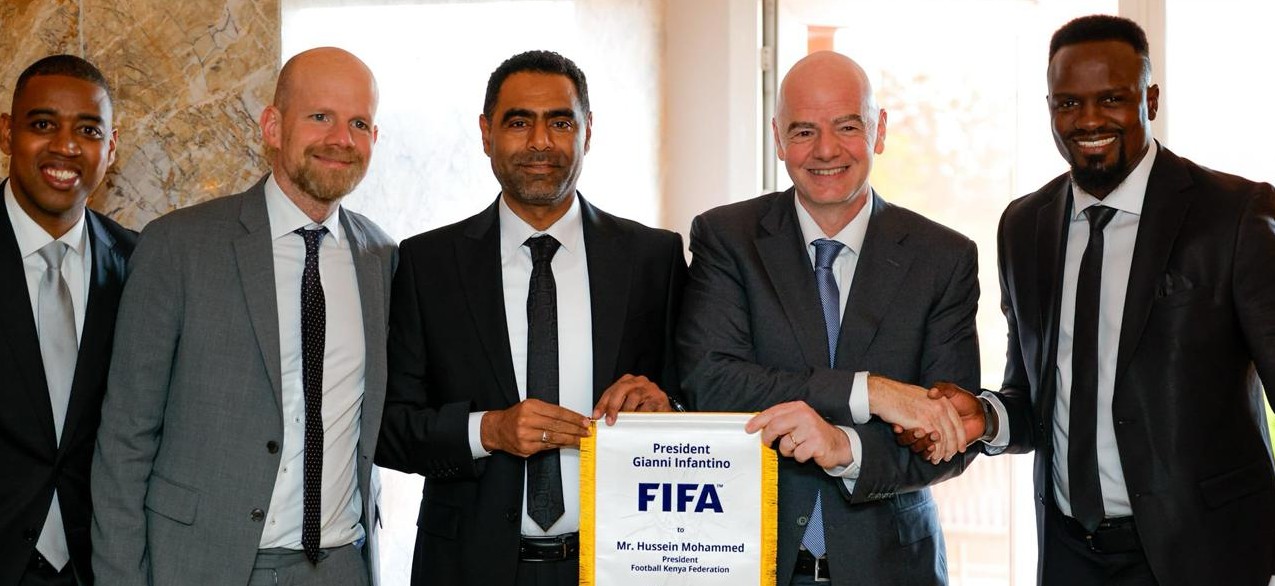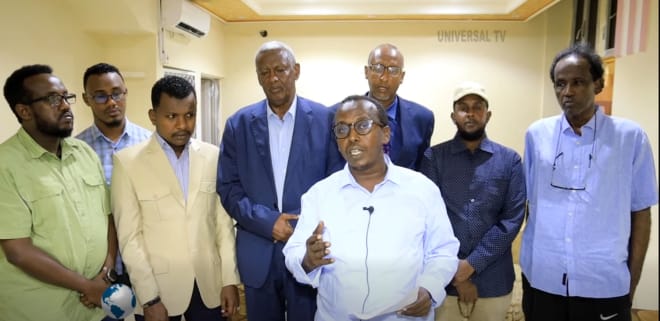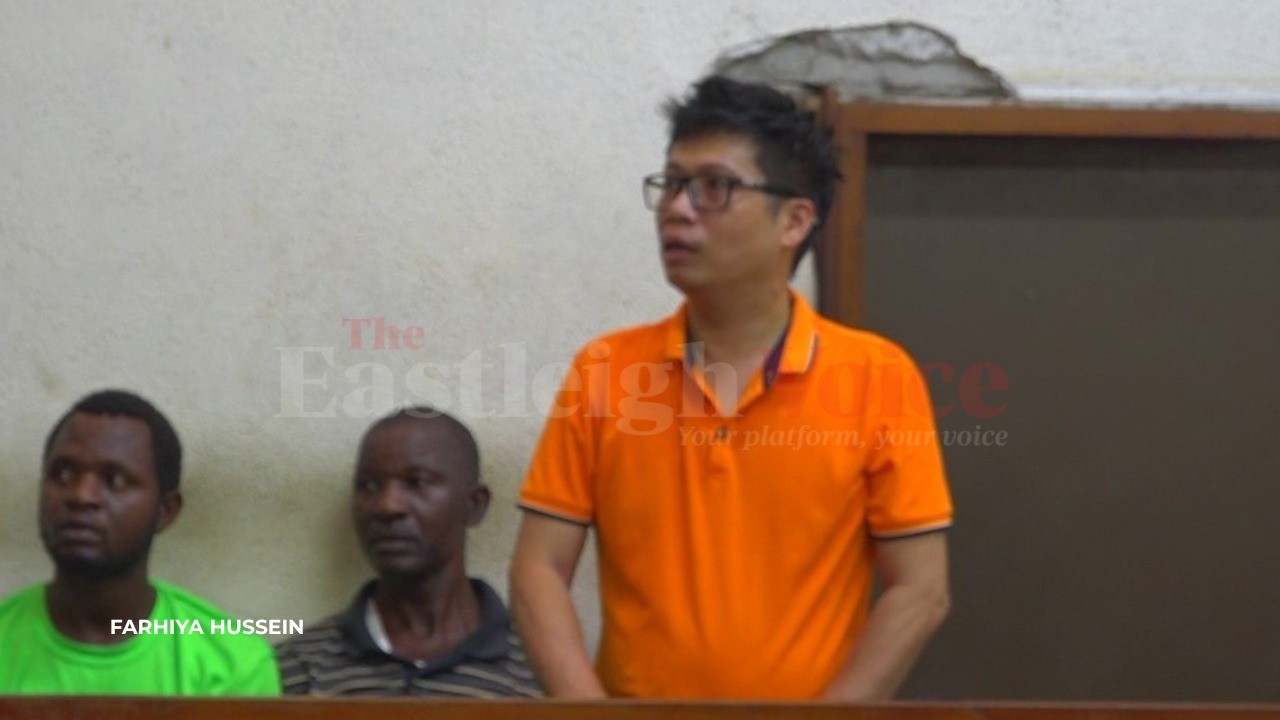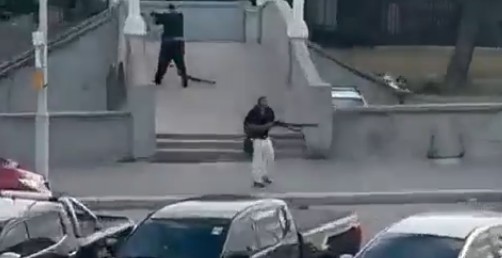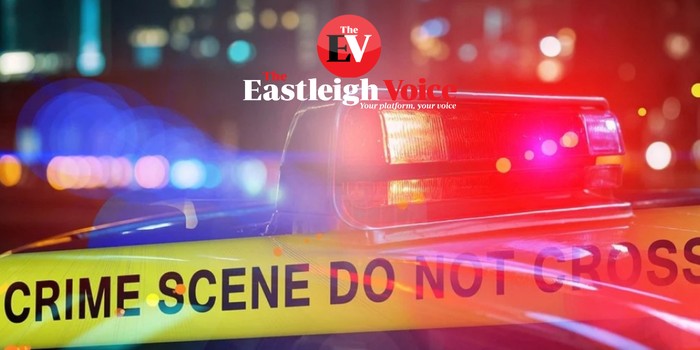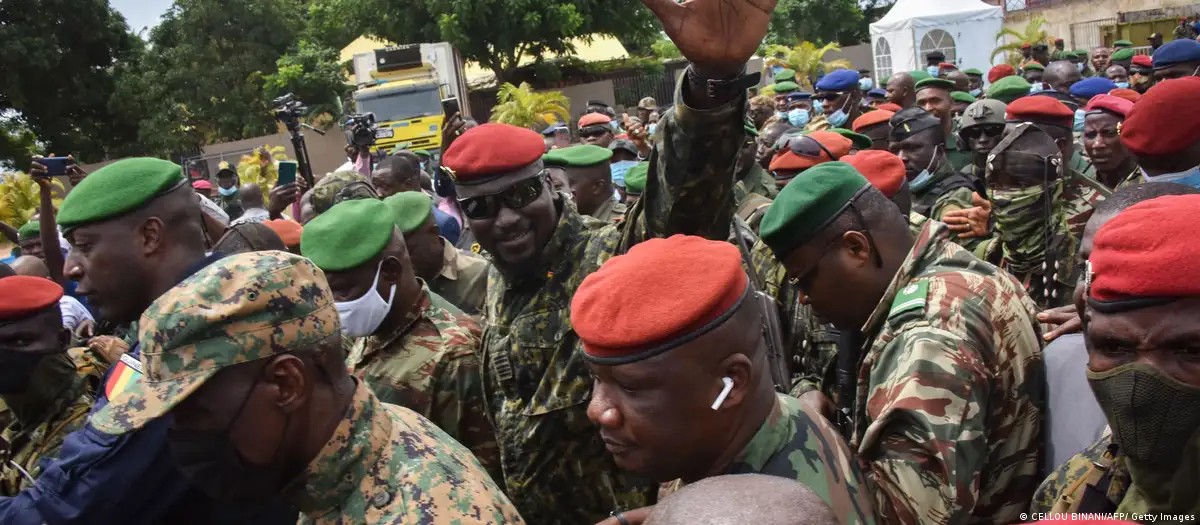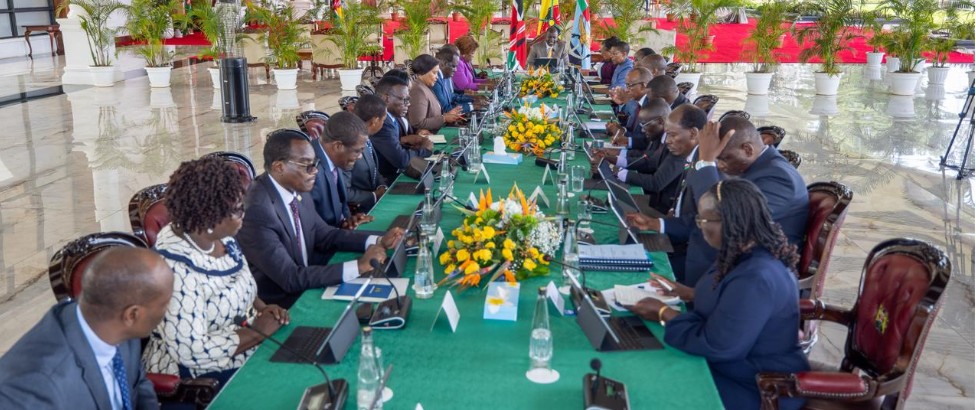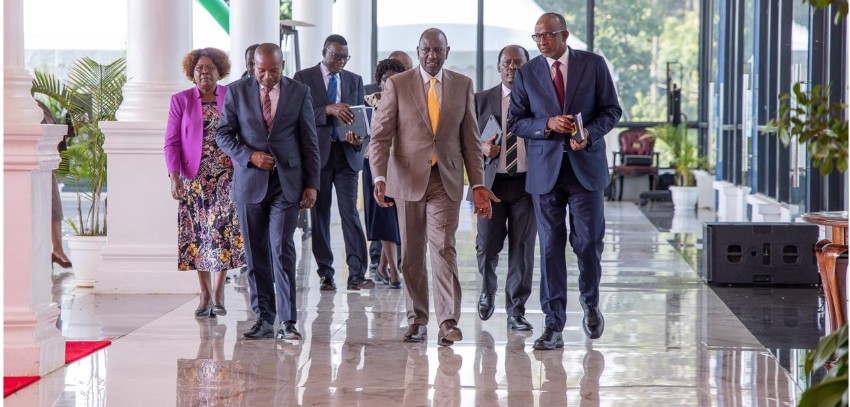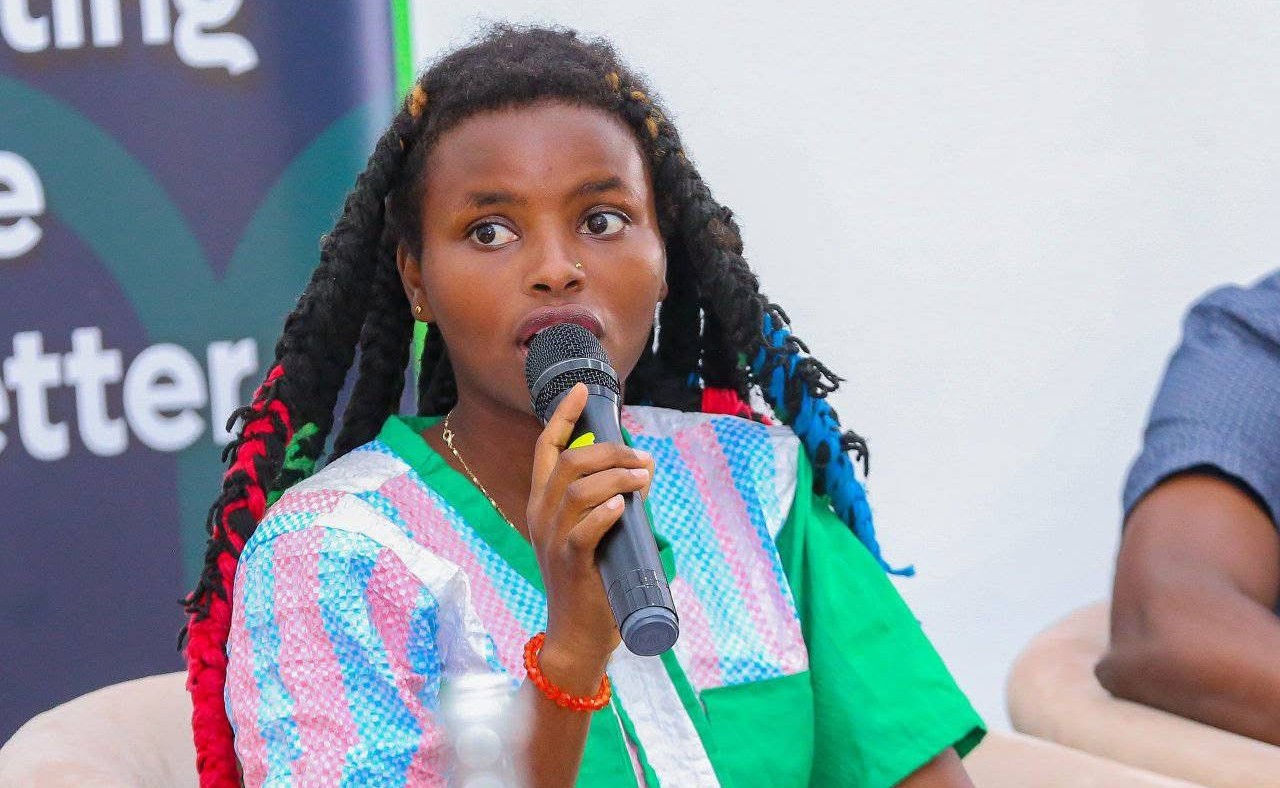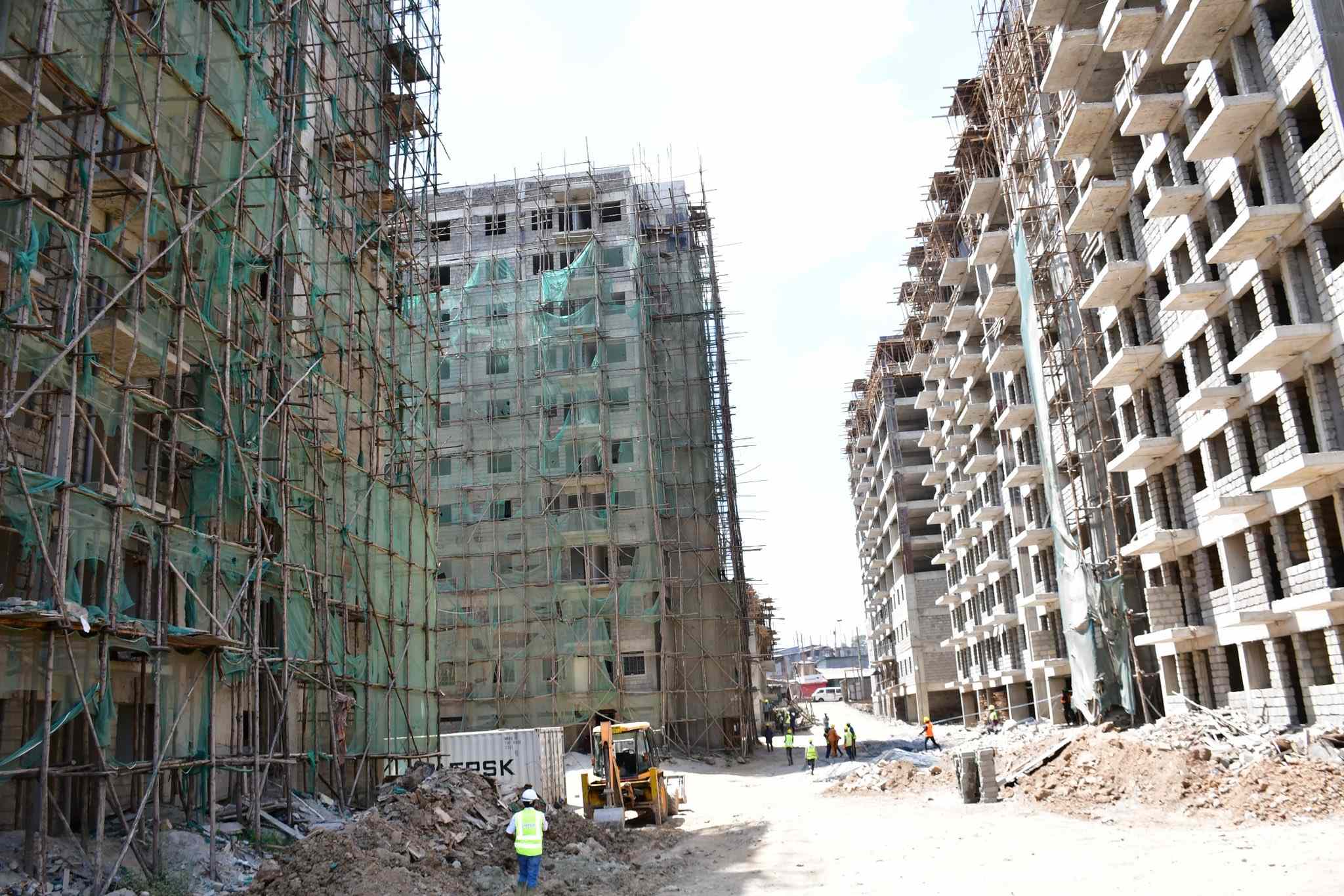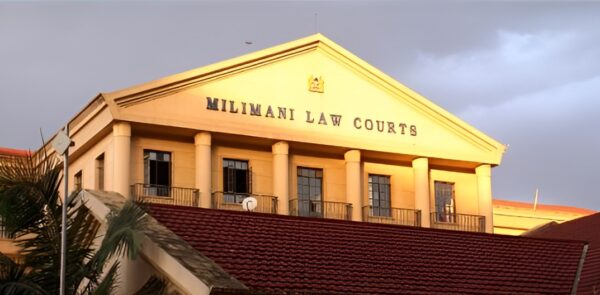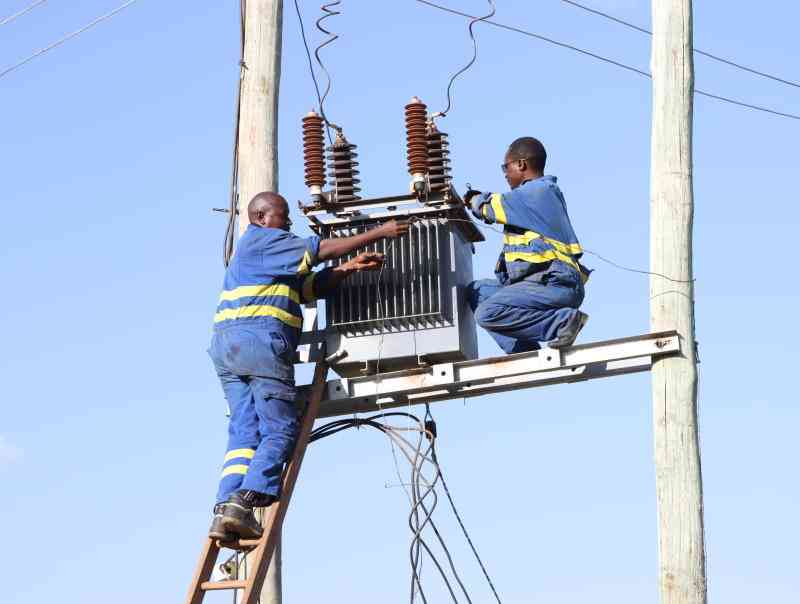Kamukunji Grounds' contribution to Kenya’s liberation history
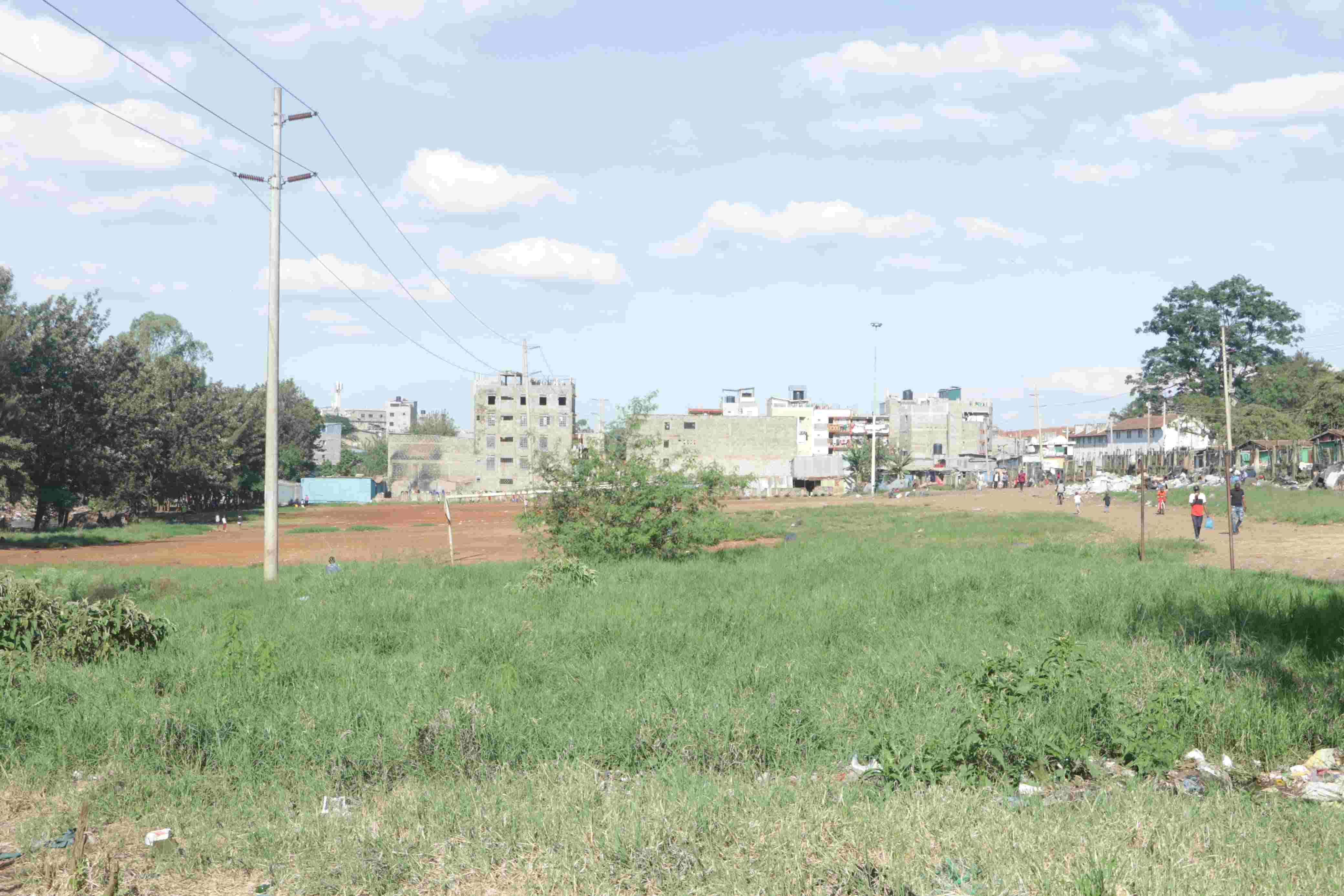
Kamukunji has always been a favourite spot for politicians, especially during the campaigns in the General Elections.
When Kenyan political figures prepare an informal meeting, the expression "We are going to have a Kamukunji" is commonly used.
The mention of a gathering of that type lends validity to events that occurred at Kamukunji Grounds, a city recreation area that now appears forlorn and abandoned, with a handful of street urchins seeking consolation in it by making its vast patches home, at least for the meantime.
More To Read
- MP Yusuf Hassan donates food, blankets to victims of three Kamukunji fire incidents
- Court sets September 6 deadline in terror case against Manyatta MP Gitonga Mukunji
- Murkomen: 1,500 arrested, 50 under terror investigation following June-July protests
- Interior CS Kipchumba Murkomen reveals June-July protests left 42 dead, 600 injured
- Nairobi leads in Saba Saba protest deaths as Haki Africa confirms 43 killed nationwide
- Prime CS Musalia Mudavadi calls for restraint, urges police not to harm protestors
To Kenyans, that iconic image of politicians Martin Shikuku, James Orengo, Philip Gachoka and Rumba Kinuthia is etched in their minds, especially on the fateful day that marked the struggle for political pluralism in the country. The November 16, 1991 picture is a re-enactment of what should have happened on July 7, 1990 – the day popularly known as Saba Saba.
The men perched atop the car had just changed vehicles after police shot at their truck’s tyre in an attempt to stop them from entering the barricaded Kamukunji grounds on the rim of Nairobi River, which was darkened by sewage and grease, and whose smells fused with clouds of tear gas in the air. It had been 16 months since the first attempt to hold a rally at Kamukunji failed.
On the dark, cold morning of Saturday, July 7, 1990, reaching Kamukunji became an urgency, symbolising a break in the dam of political repression.
When the Eastleigh Voice recently visited the grounds there were no activities except that of bicycle maker John Mburu and his ilk who own makeshift businesses adjacent to the rain battered pitch.
Mburu says the grounds are usually visited by politicians, and religious meetings for their gatherings. He thinks it needs upgrading, for its national significance and its relief to local youths, as a recreational point for neigbourhood soccer duels.
“If they cannot fence it well because it used to host top liberation leaders of the 1990s, then they should do it for our children here who use it to play soccer because such grounds of this kind have all disappeared in the city,” says Mburu.
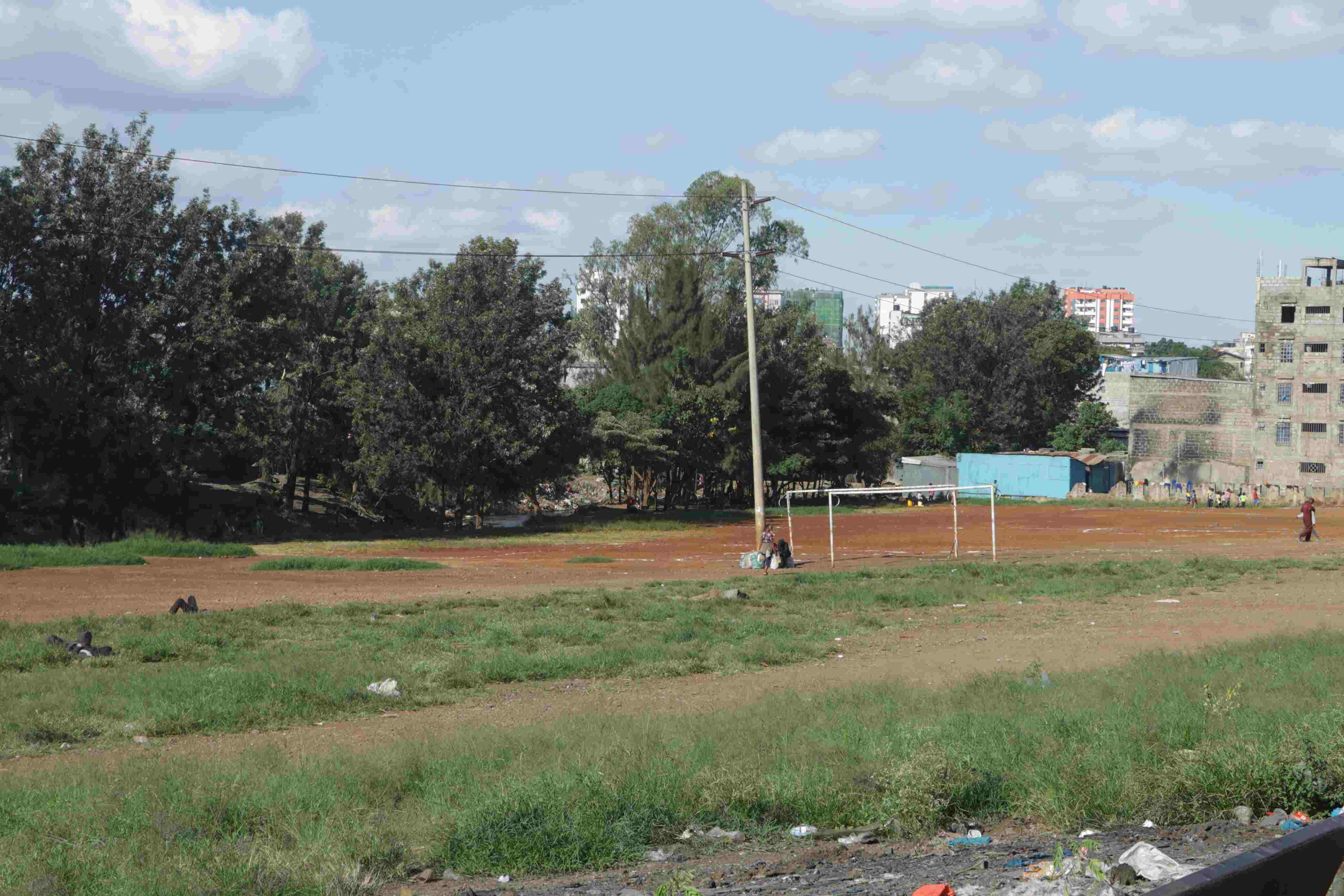 Kamukunji Grounds, Kamukunji Constituency. Photo: Justine Ondieki, EV.
Kamukunji Grounds, Kamukunji Constituency. Photo: Justine Ondieki, EV.
The grounds are located in Kamukunji Constituency. Notably, the electoral unit that is synonymous with history makers. Kenya’s independence hero Tom Mboya first represented the constituency in parliament in 1963 when Kenya gained its independence.
Other notable names who have represented the area in parliament include Maina Wanjigi, Philip Nicholas Gor, George Nthenge, Norman Nyagah, and Yusuf Hassan.
The place of Kamukunji Grounds hasn’t escaped the attention of leaders who consider it as such. Eight years ago, Kamukunji Member of Parliament Yusuf Hassan launched a bid to have the grounds declared a national protected monument.
In a notice of motion tabled in the National Assembly, he said the ground was one of the most important public spaces in the country's political history, yet it was in a derelict state.
"The Kamukunji grounds hosted the Saba Saba rally that ended the one-party rule ushering in a new era of multiparty democracy," said Yusuf.
Despite the grounds playing a significant role in Kenya’s struggle for human rights and democracy, Yusuf said little was being done by the government to ensure that the ground's history is preserved.
Yusuf argues that the grounds had been “forgotten and neglected” and yet several of the country’s liberators patronised it and suffered in the process, in the fight for freedom and the second liberation from years of single-party, Kanu rule that brought multiparty democracy.
When the Eastleigh Voice reached out to him to ascertain if he had harboured intention to have the grounds’ significance celebrated, the soft-spoken lawmaker concurred.
Politician Koigi wa Wamwere says Kamukunji defined Kenya’s politics and urged both the national and Nairobi County governments to rehabilitate it. "Kenya's history will not be complete if Kamukunji is not in the picture," he says.
The matter of Kamukunji grounds being declared a national protected monument was a subject of discussion by the Departmental Committee on Labour and Social Welfare for some time before the discussion fizzled out.
Saba Saba Day is remembered as one when nationwide protests took place. This was when Kenyans took to the streets to demand free elections.
Former politicians Kenneth Matiba and Charles Rubia called for the protests and were arrested a day earlier. Raila was also part of the team.
They wanted multiparty democracy and political pluralism. The meeting point was Kamukunji on July 7, hence the Saba Saba term as it was the seventh day of the seventh month.
They were beaten and detained by former President Moi's government. The riots took place in different parts of the country and were marred with violence and killings.
The Saba Saba of 1990 was the first time the country experienced open political defiance and public agitation for change.
Before the first Saba Saba, political dissent was countered with detention without trial, torture, and in many cases, death.
In 1991, Section 2A of the Constitution, which declared Kenya a one-party state, was repealed and multipartyism was introduced. The advocates for a return to multi-party politics set the stage for July 7, 1990, when they first applied for a licence on June 11, from Fred Waiganjo, then Nairobi Provincial Commissioner, to address a rally at Kamukunji grounds in Nairobi. The government turned down their request and instead issued a strong warning to the general public against attending the Kamukunji meeting.
As political tensions mounted, the government arrested and detained Matiba and Rubia, who were perceived as the key protagonists of multipartyism. Their lawyers and other leaders like Raila Odinga, John Khaminwa, Gitobu Imanyara, and Mohamed Ibrahim, were also arrested. The movement persisted despite government harassment in the form of arrests, detentions, and threats, and on July 7, Kenyans turned up at the Kamukunji grounds.
A report by the UN-Habitat Kenya dubbed the Nairobi City County Public Space Inventory and Assessment Report in September 2020, revealed that the capital city has more than 826 public spaces comprising 99 playgrounds, 51 sports fields, 15 parks, and 19 gardens, among others.
However, the public open spaces are getting less visible and are under threat of being wiped out. As part of a strategy to decongest Uhuru Park and Central Park, the defunct Nairobi Metropolitan Services in 2021 identified 76.01 acres within the county that were converted to recreational spaces.
The six targeted spaces were said to be located within the states across five selected sub-counties of Embakasi East, Kasarani, Kamukunji, Westlands and Kibera.
They included Jacaranda Grounds which occupies 31.73 acres located near the Jacaranda Estate while in Kamukunji there are 7.27 acres of Kamukunji grounds.
Kamukunji has always been a favourite spot for politicians, especially during the campaigns in the General Elections.
In the Nairobi Finance Act, 2023 politicians and preachers escaped being taxed for using the public grounds after the proposals to have them taxed were removed.
The county had initially proposed that those who want to use Jacaranda and Kamukunji grounds will pay some fee. Religious leaders planning to hold rallies and crusades were to part with Sh20,000 for each day they intended to hire the facilities.
Politicians were expected to pay Sh100,000 if they planned to hold rallies on Kamukunji grounds. While the charges were dropped, preachers and politicians will still need a permit from City Hall to access the grounds.
In 2013, the defunct Nairobi City Council and the then ministry of Nairobi Metropolitan embarked on a Sh30 million rehabilitation plan that saw the park fenced and trees planted.
In September 2018, former Governor Mike Sonko announced intentions to repair the old Kamukunji grounds so that sporting activities might take place. However, that never happened.
Top Stories Today
